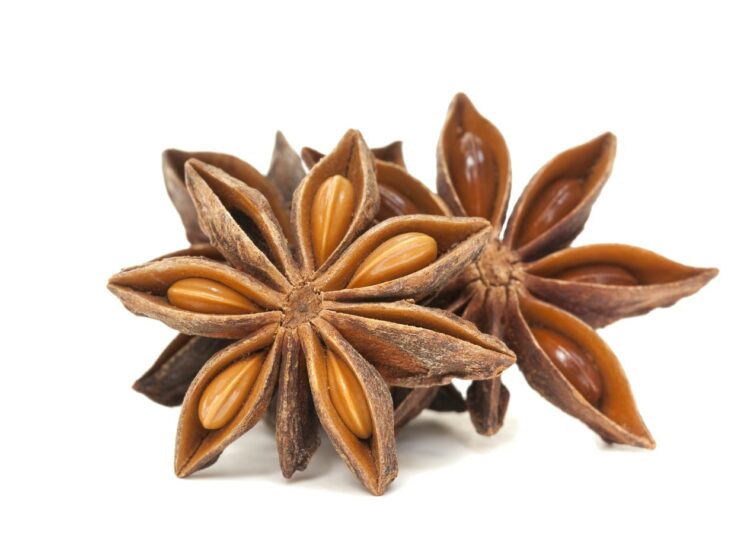Star anise is the fruit pod of Illicium verum, a shrub native to southwest China.
The star-shaped pod typically has eight points, each containing a single pea-sized seed. Both the seeds and the pod are used in cooking and impart a sweet, potent anise flavor. Star anise is sold whole or ground.
What Is Star Anise?
Star anise is prized for its distinctive flavor and its medicinal properties. It is grown in China, Indochina, and Japan and is sometimes called Chinese badian. Star anise is a staple in Chinese cuisine.
It is one of the key flavors in Chinese five-spice powder and is also used to make tea and to season roast duck and other meats. In Vietnamese cuisine, star anise flavors the famous soup pho.
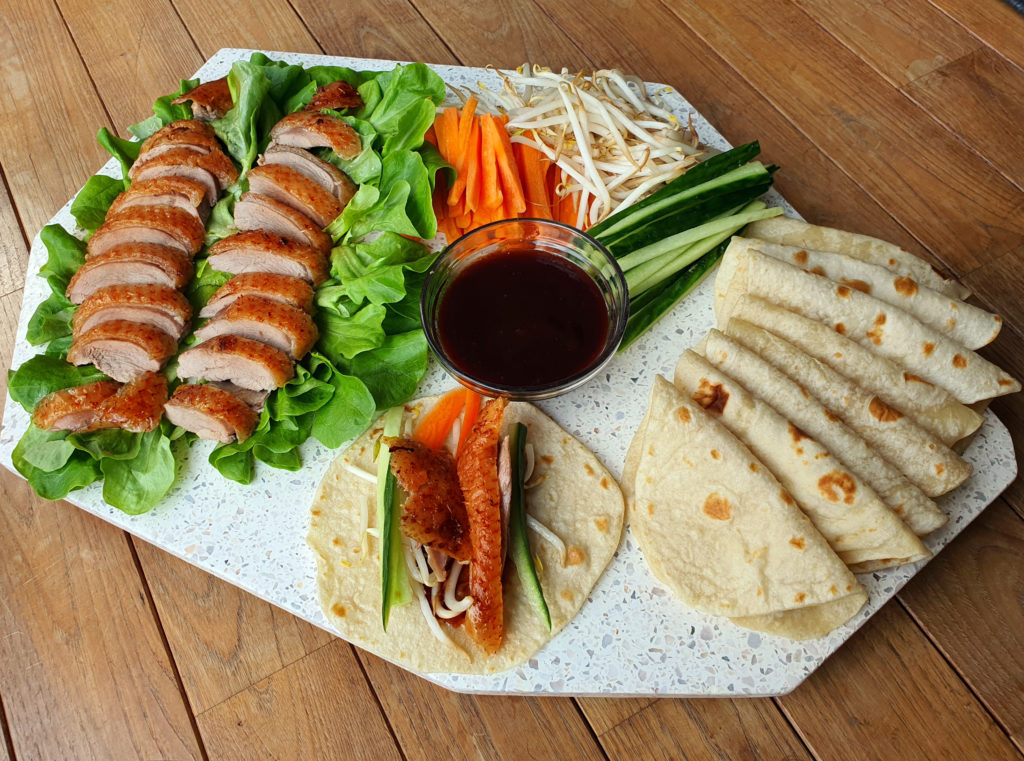
In the West, it is more often used to flavor liqueurs such as absinthe, sambuca, and pastis, as well as baked goods like cookies and cakes.
The pods are harvested while still green and then sun-dried, which turns them dark brown or reddish-brown. Their distinctive flavor comes from anethole, the same compound in anise seeds that gives both a licorice note.
Star Anise vs Anise Seeds
Star anise and anise seeds are often confused because of their similar taste and name. However, the two plants are not from the same botanical family – star anise belongs to the magnolia family, while anise seed is in the parsley family.
The seeds also look different: star anise seeds are larger and dark reddish-brown, whereas anise seeds are smaller and resemble fennel seeds.
Do not confuse star anise with Japanese star anise, Illicium anistatum, which is highly toxic and should never be eaten. It is often burned as incense.
Origins
Star anise is native to southern China and has been used as both medicine and spice for more than 3,000 years. In the late 1500s it reached Europe with an English sailor and was soon traded along the tea route from China to Russia.
Thanks to its sweet flavor, star anise was once used mainly in jams, syrups, and puddings, but it was later replaced in commercial beverages by anise seeds.
Whole or Ground
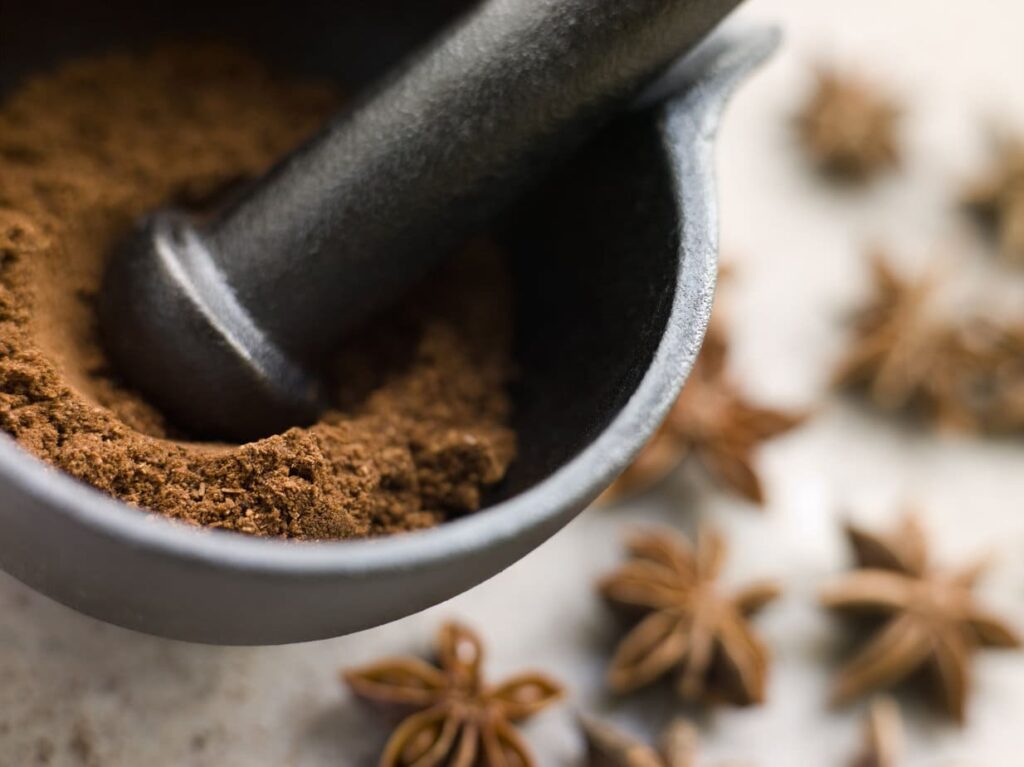
Whole and ground star anise are used differently in the kitchen. Whole pods are added to braises, soups, and stews to infuse flavor, then removed before serving. Ground star anise is used like any other ground spice.
Ground star anise loses its potency soon after milling, so it is best to buy whole pods and grind them as needed. The pods and their seeds can be ground together.
What Does Star Anise Taste Like?
Star anise has a strong, distinctive flavor that is warm, sweet, and spicy, reminiscent of licorice, fennel seed, clove, and of course anise seed.
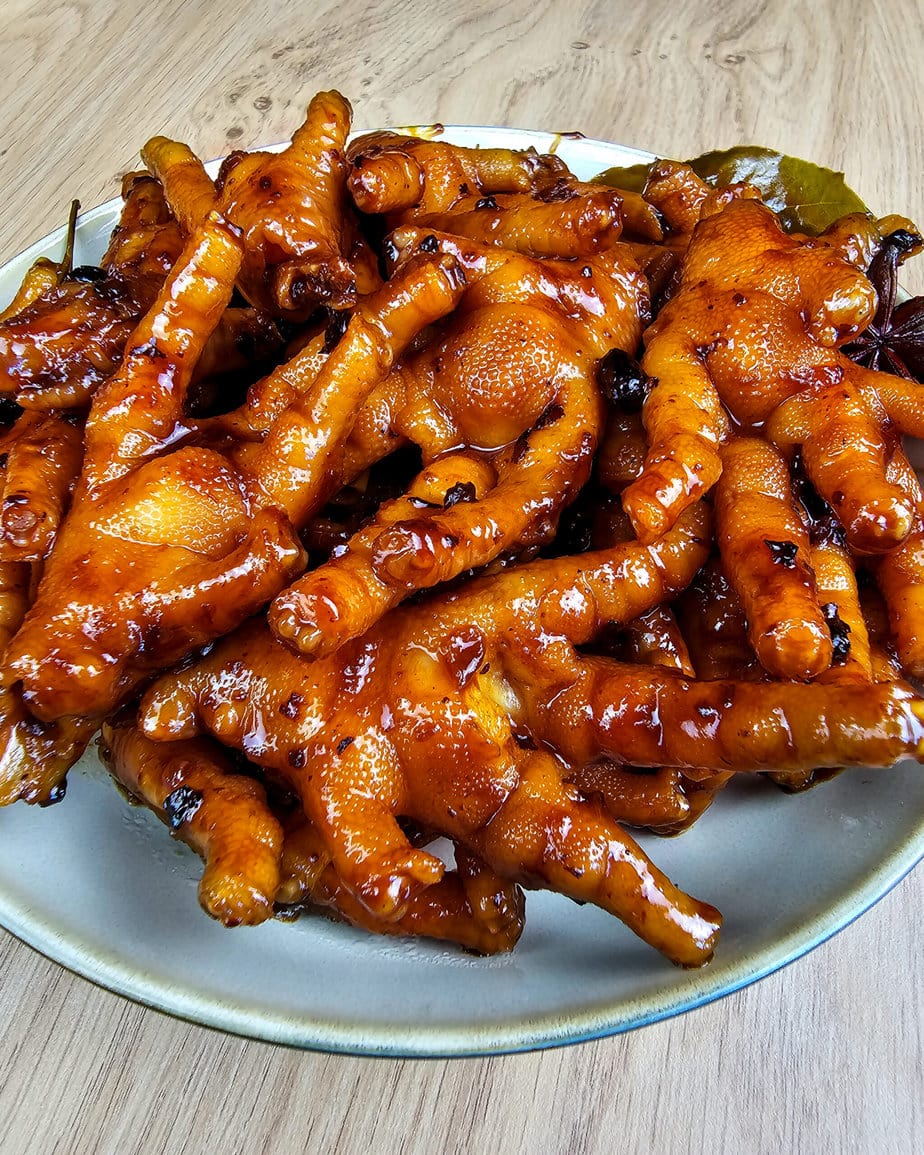
Although star anise tastes sweet, it is often used in savory dishes. It pairs well with citrus, onions, poultry, beef, cinnamon, nutmeg, and ginger, and should be added in small amounts.
Cooking With Star Anise
How you cook with star anise depends on whether you use whole pods or ground spice. Whole pods can be simmered in sauces, marinades, and soups and then removed before serving. They do not soften during cooking and are not eaten.
Because the pods are potent, adding them too early can overpower the other ingredients.
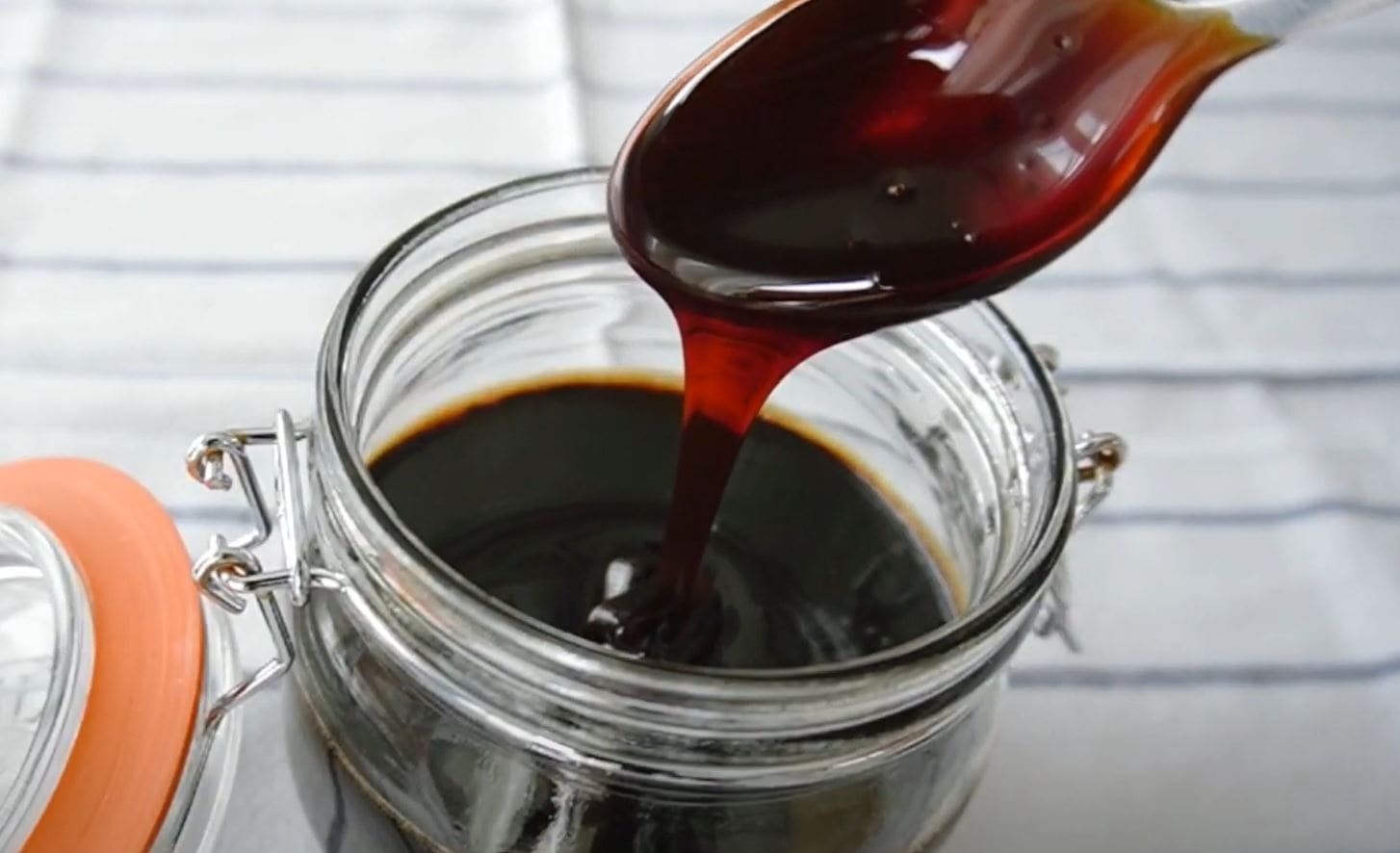
How to Substitute Star Anise?
If you need a substitute, use anise seed or Chinese five-spice powder. For each whole star anise, use 3/4 teaspoon ground anise seed or 1/2 teaspoon Chinese five-spice powder.
Fennel seeds will also work, but they do not deliver as strong a licorice flavor.
Where to Buy Star Anise?
You can buy star anise whole or ground. Shops that specialize in Asian or Indian foods are your best bet. Ground star anise is often available in mainstream supermarkets, either in the spice aisle or the Asian section.
When buying whole star anise, look for intact pods. Whether whole or ground, the spice should smell strongly aromatic.
Storage
Keep both whole and ground star anise in an airtight container away from moisture, heat, and light.
Whole star anise stays fresh for about a year, while the ground spice begins to fade after roughly six months. Toasting the ground spice just before use can help revive its flavor.
